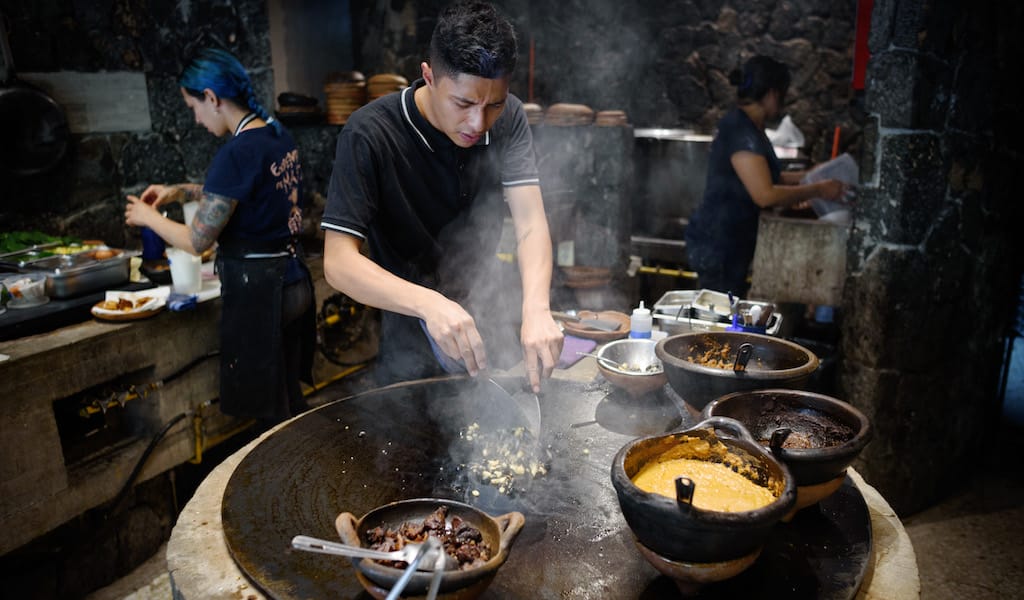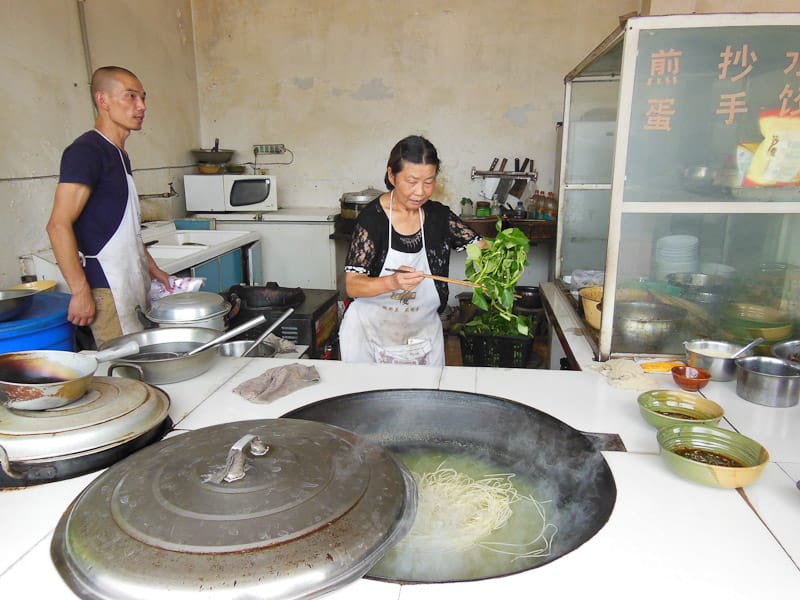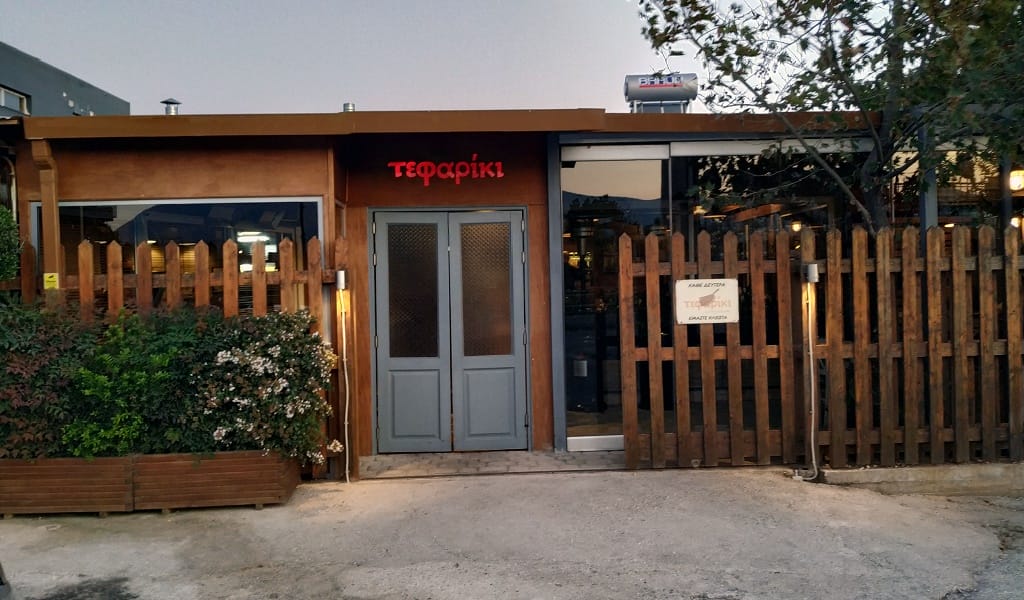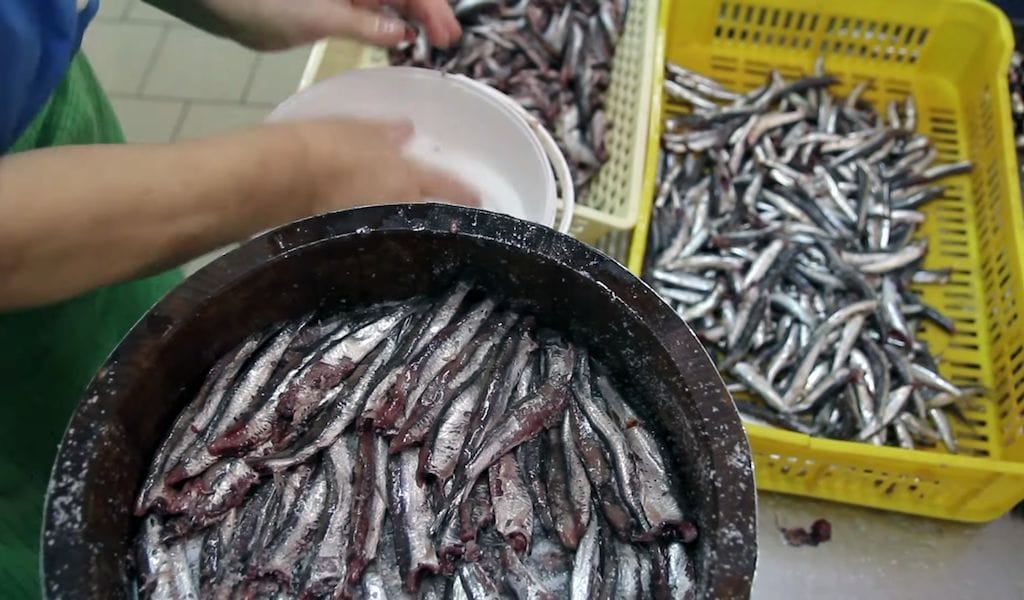Tucked against the back wall of the Expendio de Maiz kitchen are three massive metal pots. Containing cloudy mixtures of corn kernels and limestone water, they seem to sit unattended, when in fact intermittent yet constant attention is being paid to their progress.
What is happening is one of the most ancient and important processes birthed by Mesoamerica: nixtamalización. For a people whose main staple was corn, the discovery of nixtamalization was just as important as the domestication of corn itself. This process of mixing corn kernels in an alkaline solution not only loosens the husks of the corn kernels, making them easier to grind, but also provides all kinds of additional nutritional value – releasing vitamin B3, making the corn protein more available to the person consuming it and increasing the amount of calcium in the corn.
But recent decades in Mexico have seen a rise in the use of Maseca, or the TV dinner of the tortilla industry, as one writer put it. This highly industrialized corn flour is simply mixed with water and whamo, you’ve got dough and are on your way to rolling out tortillas. There are some in the tortilla business (and plenty in the business of eating tortillas) that are calling for a revaluation of traditionally nixtamalized tortillas. Preserving nixtamalization, among other traditional methods and heritage ingredients, has become particularly important to Jesús Tornes, managing partner of Expendio de Maiz.
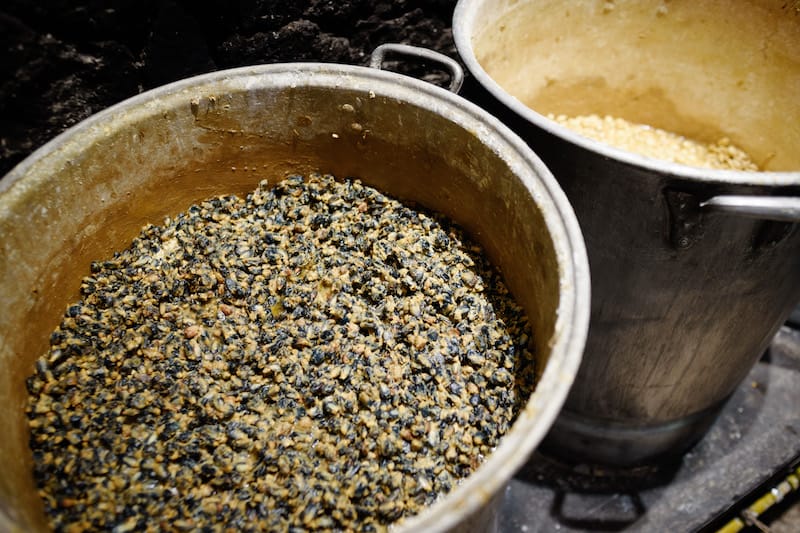
After attending culinary school in Puebla, Jesús spent time cooking in and with rural communities throughout Mexico only to become passionate about safeguarding traditional Mexican cooking. Expendio de Maiz (an expendio is a little corner store or stand, making this the “corn stand”) is an outgrowth of that passion.
In fact, Jesús can get quite animated when discussing the restaurant’s work. “Expendio is an ambitious project that has a character of anarchy,” he says. “ It’s a project that goes hand in hand with the goal that it will benefit and structurally change the contemporary perspective of the people involved.” Working in Expendio has turned its staff into tortilla snobs, Jesús says. “They know how to make tortillas, to nixtamal the corn, to grind it into dough. When they are at lunch and are offered a machine-made tortilla made from Maseca, they get pissed off.”
Expendio has an open kitchen divided into sections by volcanic rock, and rafters strung with drying herbs and wild greens. A small staff is bustling around, but also pausing – to explain dishes to customers and sample the corn kernels from the nixtamal solution, testing their readiness for grinding.
According to cook Ana González, her blue hair plaited into a tight braid and tattoos peeking out from under her sleeves, Expendio can easily produce 400 kilos of corn dough in a weekend. They blend two types of corn that come from the state of Guerrero, one blue (prieto) and one yellow (cremoso), and sell their freshly made dough to restaurants across the city.
“When they are at lunch and are offered a machine-made tortilla made from Maseca, they get pissed off.”
What they save for themselves is converted into an endless variety of open-faced tacos that they offer at family-style tables just steps from the kitchen. It’s a place of collaboration, not just between cooks, but also between the kitchen and their clients. As Jesús makes clear, the customers that become part of the Expendio community get the good stuff.
“If someone comes and they are in a rush or have a bad vibe we are going to send them something delicious, something they will find on the menu. But if they start to build community with us, if they come back over and over again, every time they return we will treat them in a way that shows what they mean to us. They are no longer clients, they are a community.”
If you came every day for a week to Expendio, you would find something slightly different on the non-existent menu each day. The staff cooks with the seasons and the whims that take them. One day, fresh tortillas with hoja santa and a cotija-like Guerrero cheese; the next, fried corn kernels and quelites (Mexican wild greens).
“If someone comes that knows us, who has come on a recommendation, their expectations are going to be much higher than someone that comes with no idea about what we do. Those that have higher expectations allow us to cook with a characteristic [that is] essential for everyone that works here – cook as if the person coming is someone you would love to make love to or someone that you would love to embrace – your cousin, a member of your family, your mother – someone you haven’t seen in forever. This is the rule,” says Jesús.
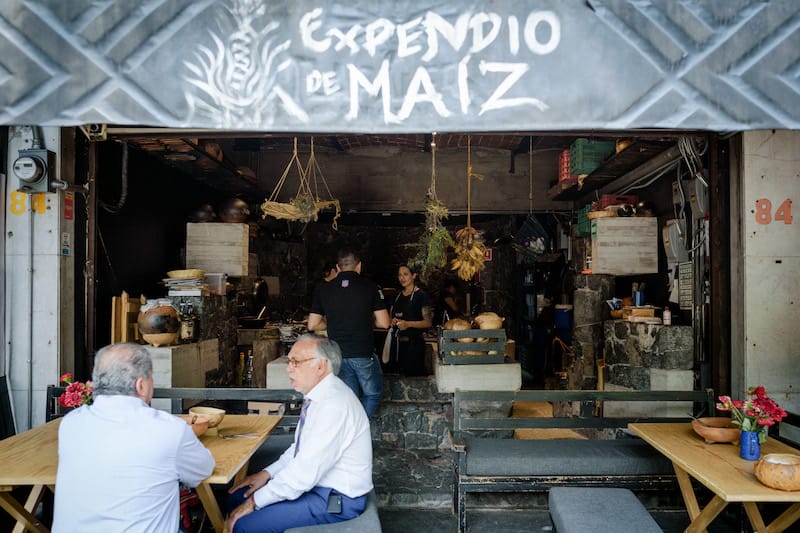
That kind of deep love is easier with ingredients that the staff can feel good about serving. Many of the products used in Expendio come directly from Jesús’ 32 hectares on the Costa Chica of Guerrero; others are the result of his and his partners’ travels throughout Mexico where they seek to build relationships with small farmers.
“My travels have allowed me to gain the trust of producers which is the most difficult part within rural Mexico,” he says. “They might be producing something incredible but if they don’t trust you they won’t share it with you.”
Through those collaborations Expendio has access to some of the best of what rural Mexico has to offer.
“What we do is generate…a continuity of foods that are under threat of disappearing. They exist, but they could be lost. Bananas, mangos, quelites, also processes, oils, fats, lots of wild fruits. I’m not interested in introducing [new] seeds that may be organic, but are also hyper-production. I prefer to provide continuity to local seeds that have belonged to this land for 400 years.” For the folks at Expendio de Maiz, moving forward is all about looking back.
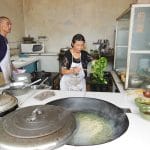 October 1, 2013 CB on the Road: Chengdu’s Spicy Noodles
October 1, 2013 CB on the Road: Chengdu’s Spicy Noodles
It’s been two weeks of cycling through China’s Qinghai province, and the food selection […] Posted in Shanghai November 14, 2019 Tephariki
November 14, 2019 Tephariki
Few places conjure more vivid images of delicious, cult meat consumption than Vari, a […] Posted in Athens December 1, 2020 Special Sauce
December 1, 2020 Special Sauce
The ancient Romans loved to eat well. Look no further than the food represented in many […] Posted in Naples
Published on August 30, 2019
Related stories
October 1, 2013
ShanghaiIt’s been two weeks of cycling through China’s Qinghai province, and the food selection is slim. The majority of the province sits on the vast Tibetan Plateau, well above the tree line in conditions too harsh for significant cultivation. Yaks graze on well-trampled grass as far as the eye can see, with white yurts and…
November 14, 2019
AthensFew places conjure more vivid images of delicious, cult meat consumption than Vari, a southern suburb of Athens, particularly the neighborhood of Vlahika. How, exactly, Vari became a meat-eating paradise goes back to members of the nomadic Sarakatsani tribe, who used to move their herds from the neighboring mountains of Parnitha and Penteli to spend…
December 1, 2020
NaplesThe ancient Romans loved to eat well. Look no further than the food represented in many Pompeian frescoes and mosaics, like the bread, figs, pomegranates and baskets of fruit portrayed at the most famous villa at Oplontis, the so-called Villa of Poppaea, named after the second wife of the Emperor Nero. And from the buried…







































